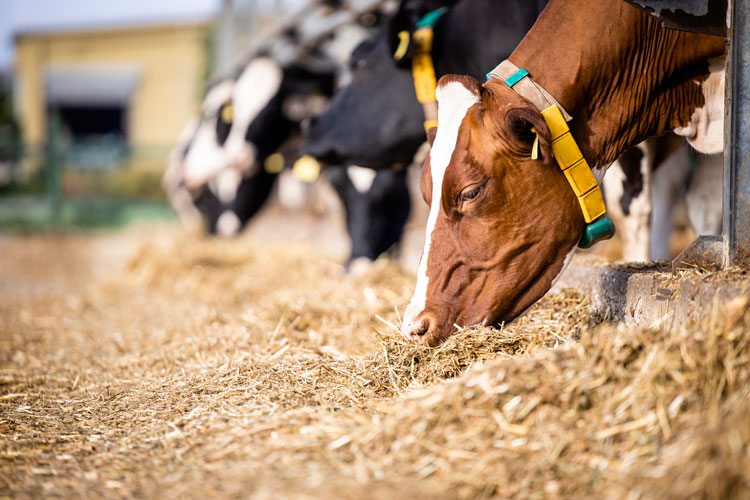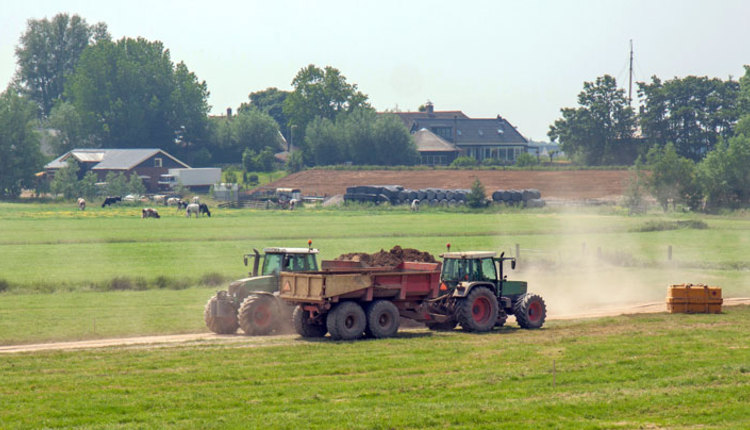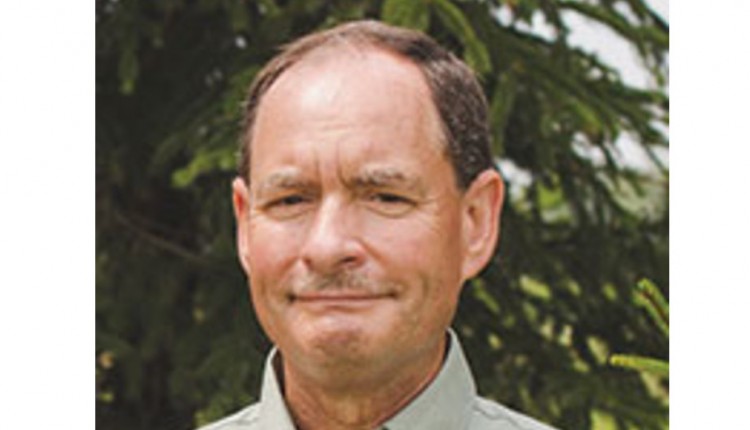The author is the president of Menke Consulting LLC, an agronomic and environmental consulting firm in Greenville, Ohio.

As a college student in the 1970s, I read the 1940 vintage book You are what you eat by Victor Lindlahr. I later became familiar with studies from William Albrecht at the University of Missouri relating soil fertility with the nutritional content of feeds. I practiced animal nutrition early in my career and came to the following conclusion: The information from these two authors provided the key to animal agriculture environmental sustainability.

I presented a session titled “Farm nutrient balancing” more than 20 years ago at the Tri-State Dairy Nutrition Conference. I wanted to make nutritionists aware that their recommendations impacted not only the health of their animals but that of the environment, too. We used to take the cows to the field; now we take the field to the cows. It was instructive to consider the consequence of that long-ago shift.
Inputs versus outputs
In developing a spreadsheet, I was able to examine dairy farm inputs (purchased and homegrown feeds, fertilizers, replacement cows, and mineral supplements) and outputs (cull cows, calves, milk, manure, and crops). The goal was to discover if inputs versus outputs could reach equilibrium, which was my definition of “sustainability.”
I evaluated the nitrogen-phosphorus-potassium (N-P-K) content of feeds in cow diets compared to the content of their manure. I discovered that the potassium-to-phosphorus ratio was approximately 8:1 for alfalfa hay and 5:1 for corn silage. This compared to 1.4:1 for corn grain and 2.8:1 for soybeans. The potassium-to-phosphorus ratio is 4.4:1 in dairy manure. Not coincidently, the average of those four main ingredients in a typical dairy diet is 4.3:1.
The precept “you are what you eat” goes a step further: “What you eat is reflected in your digestive output.” By the way, did you know the highest mineral content in milk is potassium?
We experienced high potassium in dry cow diets causal of many health issues. Dry cows have a high-forage diet, and the source of high potassium was invariably traced to hay. Milking cows can flush potassium from their system. Interestingly, hay of identical plant species composition might contain higher potassium content than others. We could correlate this directly to higher soil test potassium levels of the fields where they were grown.
A common practice, at least back then, was to start manuring alfalfa fields as they thinned. This promoted grass growth — a typical feed for dry cows that didn’t need the higher protein alfalfa. Unfortunately, grasses can be luxury consumers of potassium, accumulating more than necessary for optimum growth. This can be bad news for dry cows.
Where feed comes from
I created various scenarios with my paper quest for sustainability. These were based upon what extent forages and grains were home grown and the proportion of those purchased. The assumption was homegrown feeds were locally produced, and those fields were manured equally over time.
It was no surprise that where all feeds are homegrown, a nice balance of nutrient application versus nutrients removed was achieved as related to production acres and crop removal. The more feeds purchased, the more mineral buildup of phosphorus and potassium resulted if the application acres were not expanded.
A very good rule of thumb for dairy cows emerged of about 1 acre per cow to balance phosphorus, with a deficit of potassium. Potassium is easily supplemented when necessary, but excesses are difficult to address. I also made the point to the nutritionists how their recommendations for dietary supplementation of phosphorus ultimately impacted the soil fertility balance.
The same exercise can be done for poultry and swine production with some impressive numbers. This is instructional to show that more feed imported means more manure that needs to be exported to sustain a balance. It only makes sense.
This article appeared in the May 2023 issue of Journal of Nutrient Management on page 26. Not a subscriber? Click to get the print magazine.









